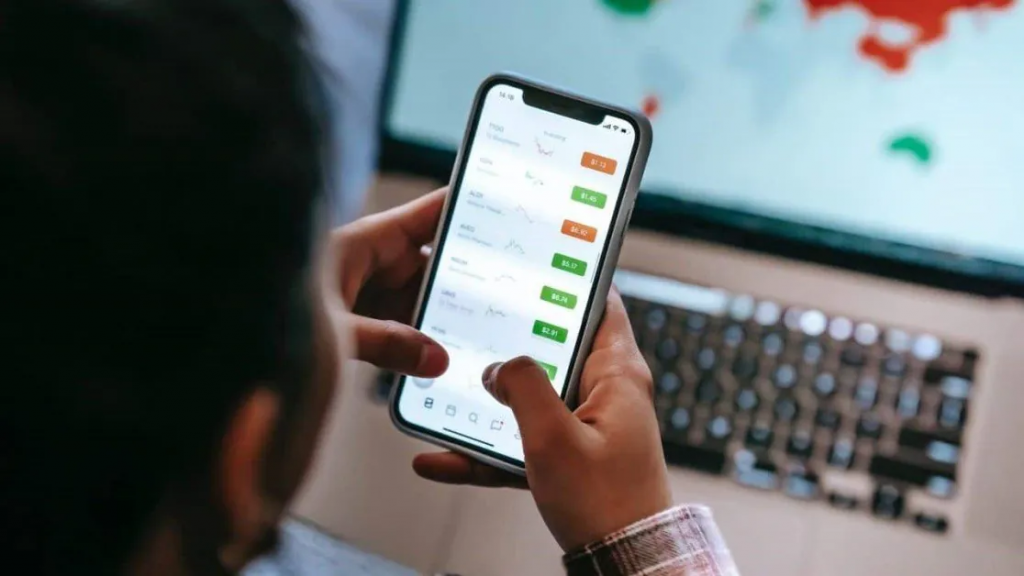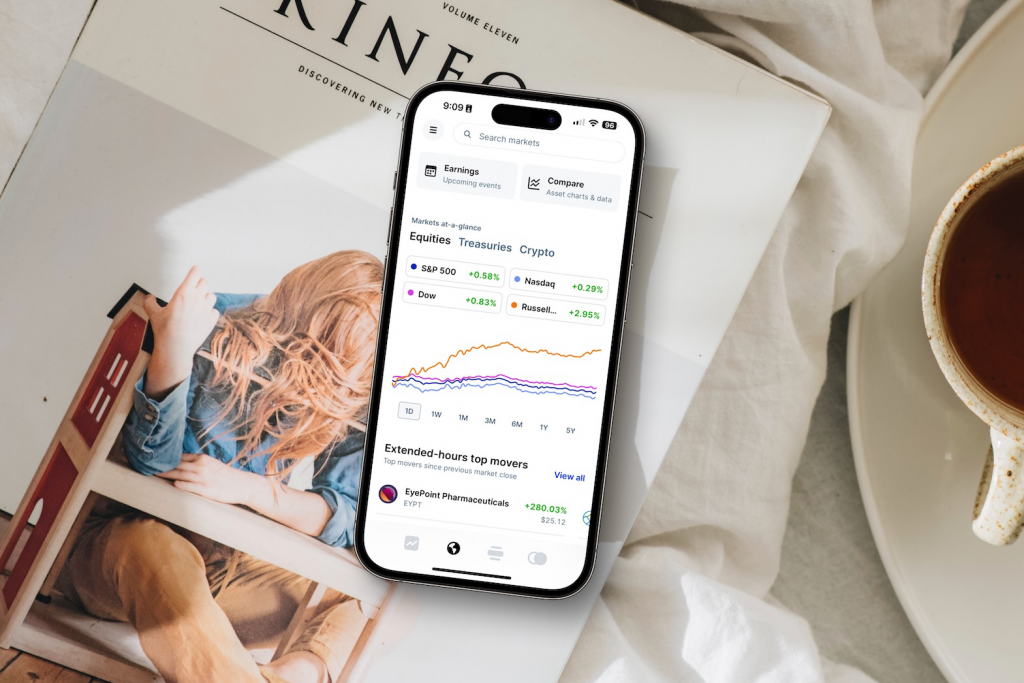Investing has become more accessible than ever, thanks to a wide range of mobile apps designed specifically for beginner investors. These tools remove many of the traditional barriers to entry such as high minimums, confusing interfaces, and intimidating financial jargon allowing anyone with a smartphone to start building wealth.
In this article, we’ll explore the best investment apps for beginners, what makes each one unique, and how you can choose the right one based on your goals, budget, and experience level.
Why Investment Apps Are Ideal for Beginners
Investment apps are revolutionizing personal finance by simplifying the process of buying stocks, building portfolios, and managing investments. For new investors, these apps offer several major advantages:
- Low or no minimum deposits
- Simple interfaces and automation
- Educational content and guidance
- Low fees or commission-free trading
- Accessibility on mobile devices
These features make them an ideal entry point into the world of investing.
Top Investment Apps for Beginners
Here are some of the best platforms currently available for beginner investors, along with a breakdown of their features and benefits:
1. Acorns
Best for: Automatic investing and saving habits
Acorns rounds up your daily purchases and invests the spare change into a diversified portfolio of ETFs. It’s fully automated and perfect for those who want to invest passively without having to think about it. Acorns also offers retirement accounts and a checking account feature.
Key Features:
- Micro-investing through round-ups
- Automated portfolio rebalancing
- Educational resources for financial literacy

2. Robinhood
Best for: Commission-free stock and crypto trading
Robinhood is known for its sleek app interface and free stock trades. It allows users to buy and sell stocks, ETFs, and cryptocurrencies with no commission fees. While it’s very beginner-friendly, it does require some research and awareness, as it offers less guidance than other platforms.
Key Features:
- Commission-free stock, ETF, and crypto trades
- Real-time market data
- No minimum balance
3. Stash
Best for: Learning while investing
Stash combines investing with financial education. Users can start with as little as $5 and access themed ETFs based on interests (e.g., clean energy, tech innovation). It also includes banking features and budget tools.
Key Features:
- Curated investment themes
- Learning-focused content
- Banking and saving tools
4. Fidelity Investments
Best for: All-in-one platform with long-term focus
Fidelity is a more traditional brokerage that has adapted to be user-friendly for beginners. It offers commission-free trades, fractional shares, retirement accounts, and excellent customer support. The platform is robust and trusted, making it ideal for long-term investors.
Key Features:
- No fees for most trades
- Access to mutual funds and retirement planning
- High-quality research and customer service
5. SoFi Invest
Best for: Beginners looking for diversified options
SoFi offers a mix of active and automated investing with no account minimums. It also includes career coaching, financial planning, and student loan refinancing. SoFi is perfect for young investors looking for financial guidance beyond just investing.
Key Features:
- Free financial planning sessions
- Commission-free trading
- Robo-advisor and active investing in one place
How to Choose the Right Investment App for You
Before downloading an app, consider these factors to make the best choice:
- Investment Goals
Are you saving for retirement, a down payment, or just learning? Some apps focus on long-term growth (like Fidelity), while others are better for short-term investing or education (like Stash). - Budget and Minimums
If you’re starting with a small amount of money, choose an app with no minimum requirements or one that allows fractional shares. - Support and Education
Look for apps that provide financial education, articles, or even access to advisors if you’re new to investing. - Fees and Costs
While many apps are free, others may charge monthly or advisory fees. Read the fine print to understand what you’re paying for. - Ease of Use
If an app feels complicated, you’re less likely to use it. Choose one with an intuitive interface that matches your tech comfort level.

Benefits of Starting Early with Investment Apps
The earlier you begin investing, the more you benefit from compound interest the effect of earning returns on your previous returns. Even small, regular investments made through an app can grow significantly over time.
Using apps also helps you build financial habits. Many platforms offer tools to set goals, automate contributions, and review progress regularly. These habits lay the foundation for long-term financial health.
Risks to Be Aware Of
While investment apps are powerful tools, they come with some risks:
- Overconfidence: Easy access can lead to impulsive decisions or speculation.
- Lack of diversification: Some users invest in a few popular stocks rather than building a balanced portfolio.
- Limited features: Some beginner apps may lack the advanced tools needed as your investing knowledge grows.
To manage these risks, take time to understand your investments, set realistic goals, and gradually increase your knowledge.
Conclusion
Investment apps have changed the game for beginners, making it easier, cheaper, and less intimidating to start investing. Whether you’re using Acorns to invest spare change or Robinhood to trade stocks, there’s a platform that fits your style and budget.
Start small, stay consistent, and continue learning. With time and discipline, these apps can be your first step toward long-term financial success.
